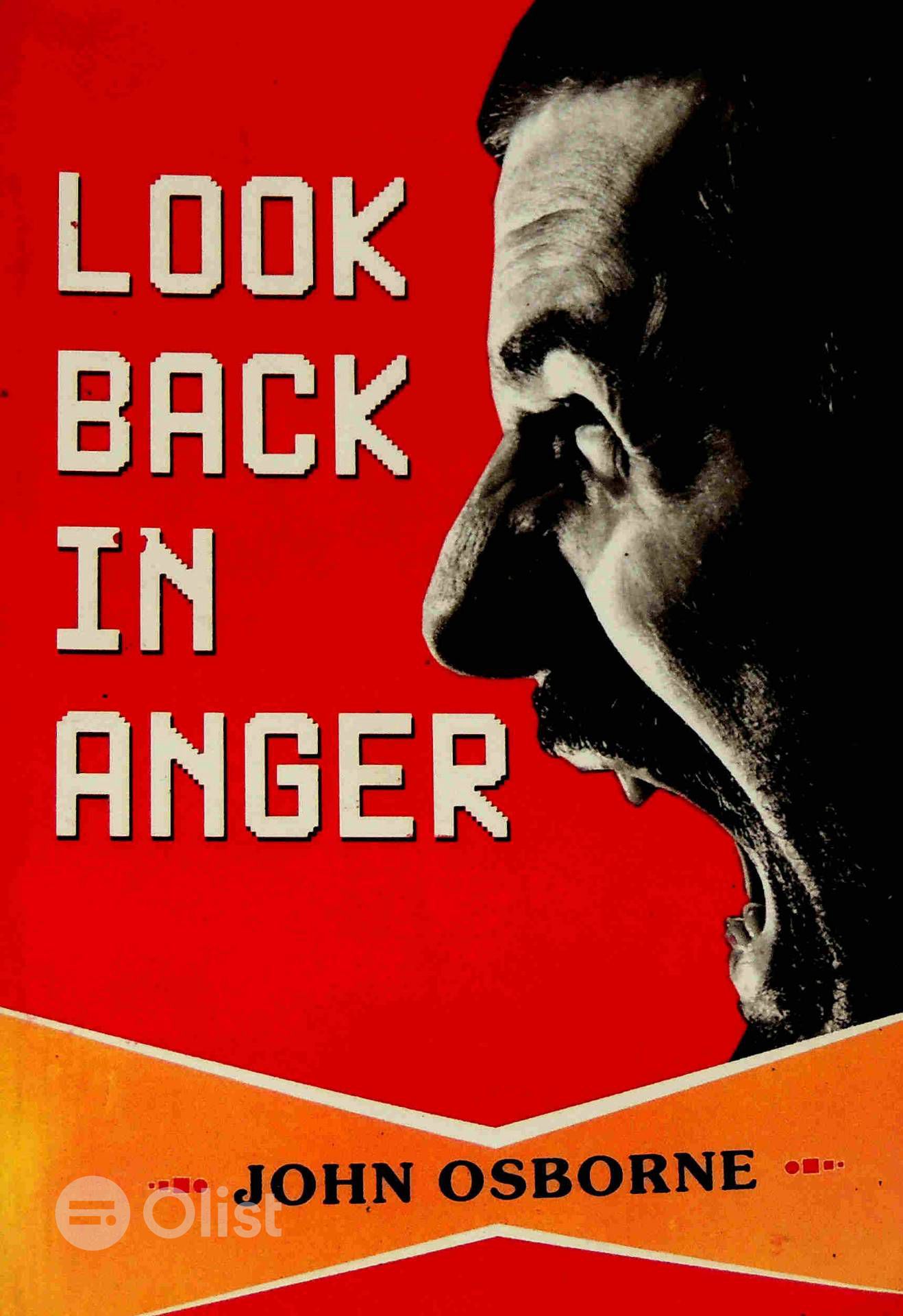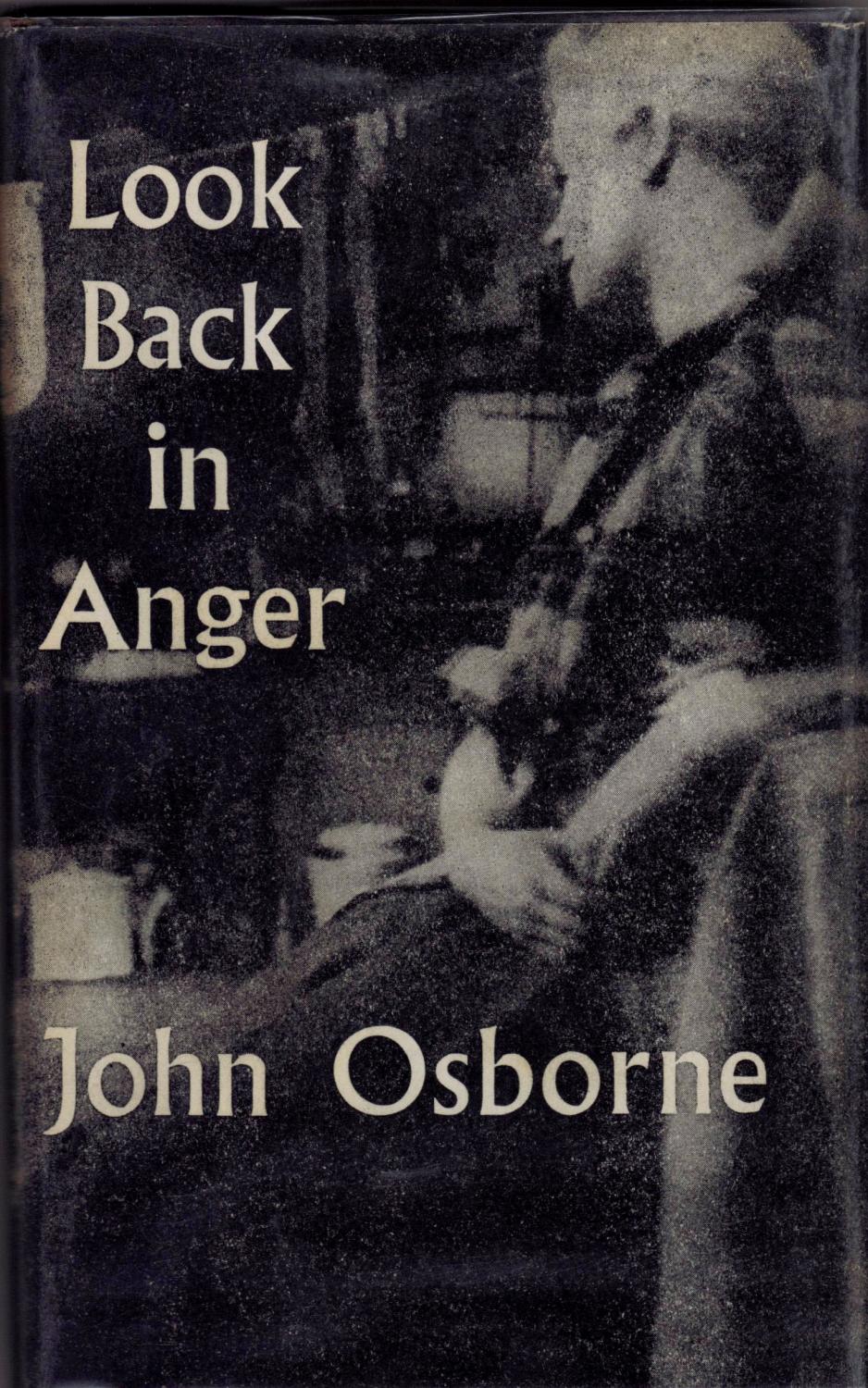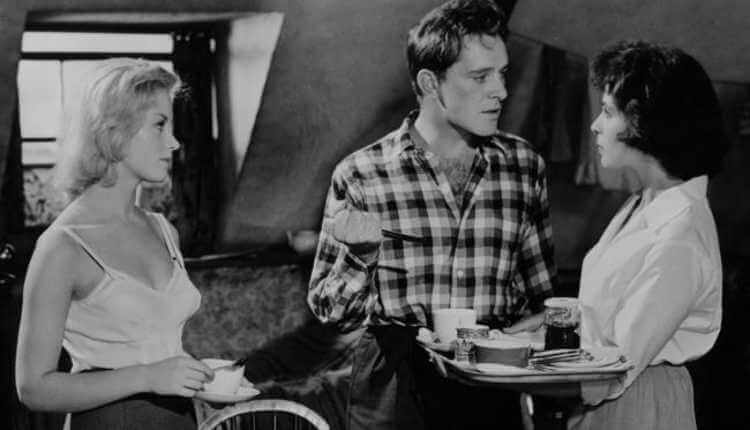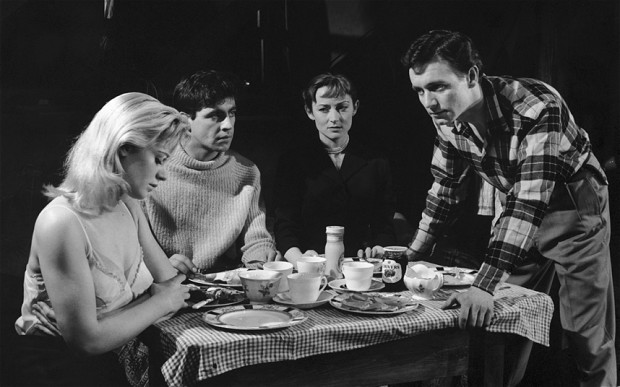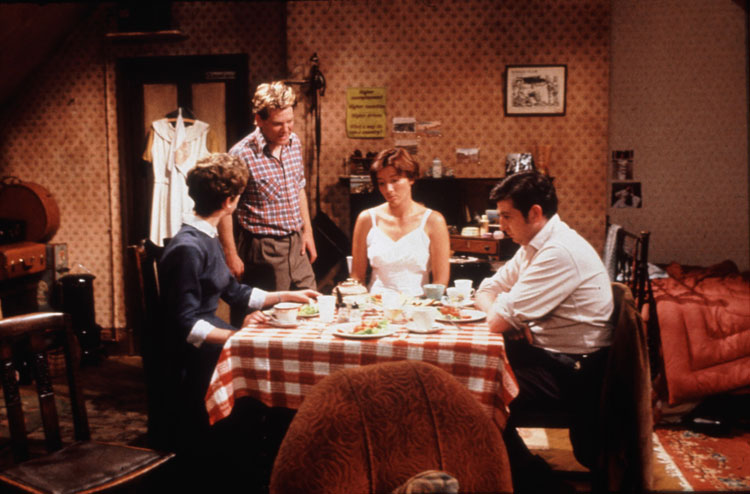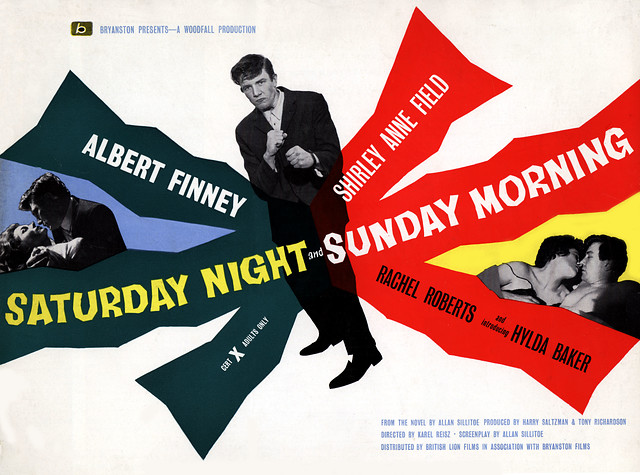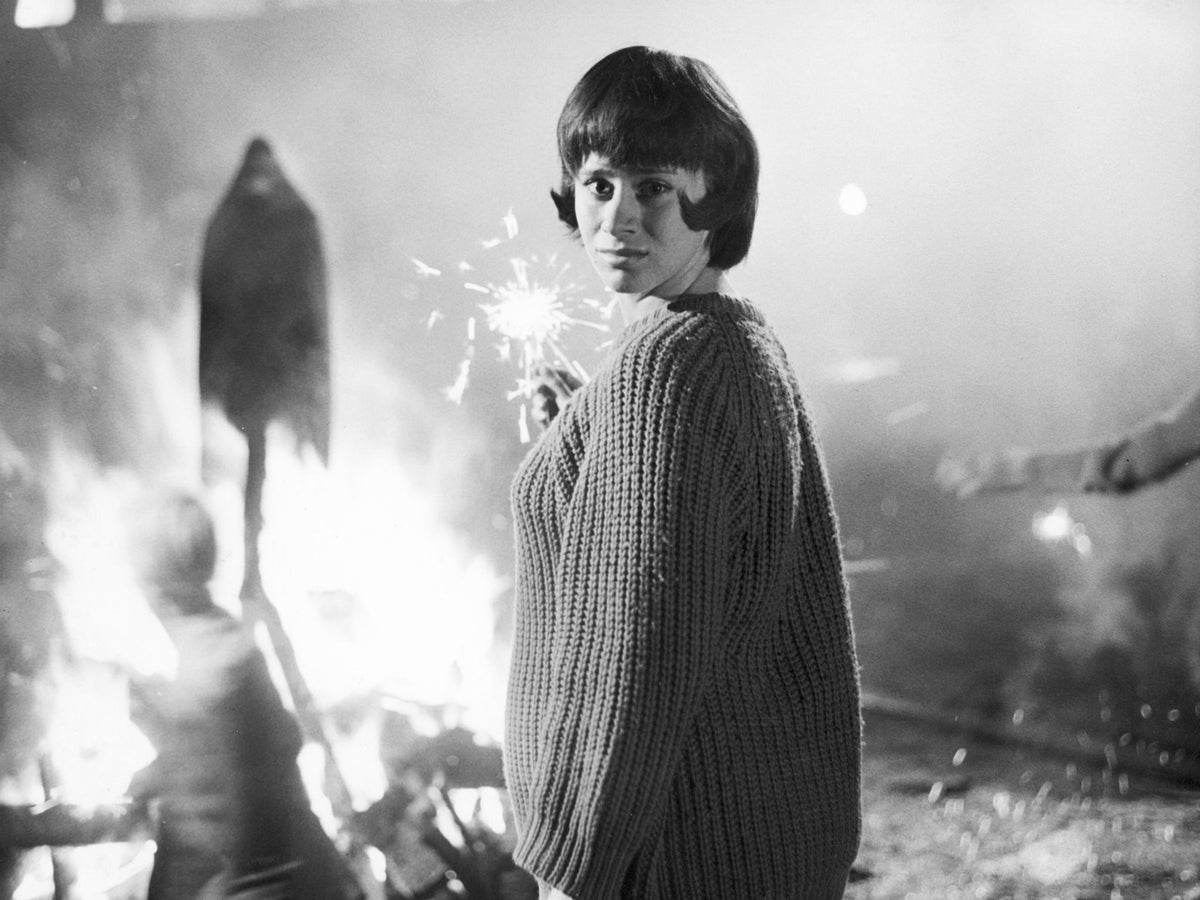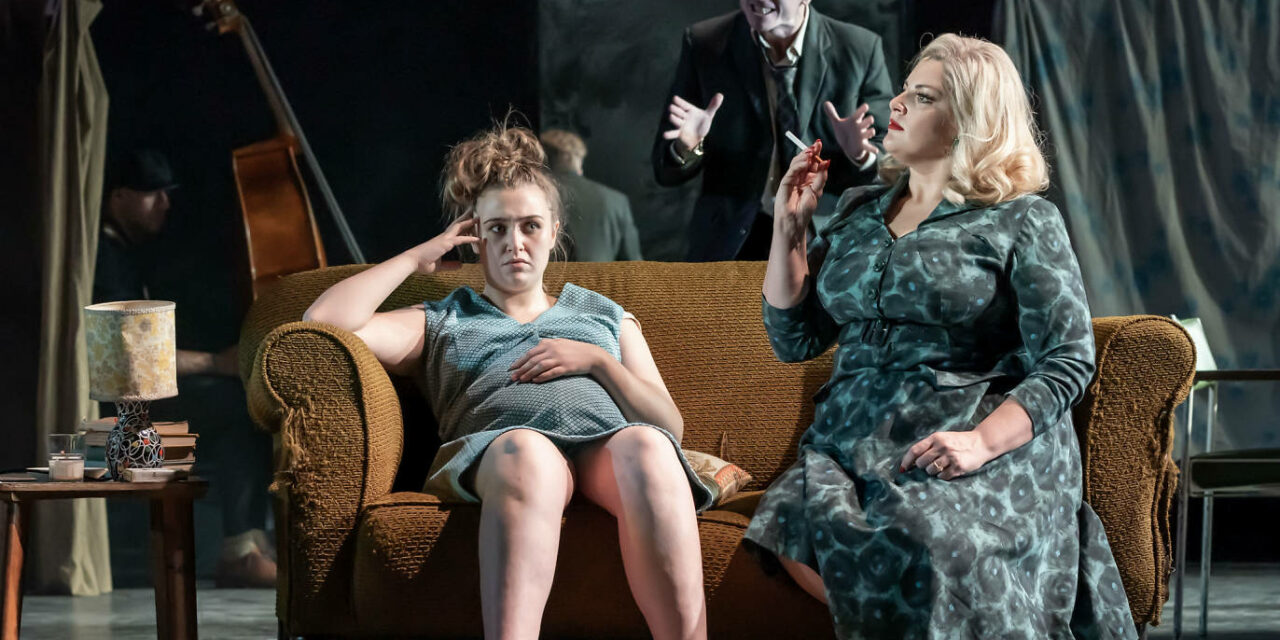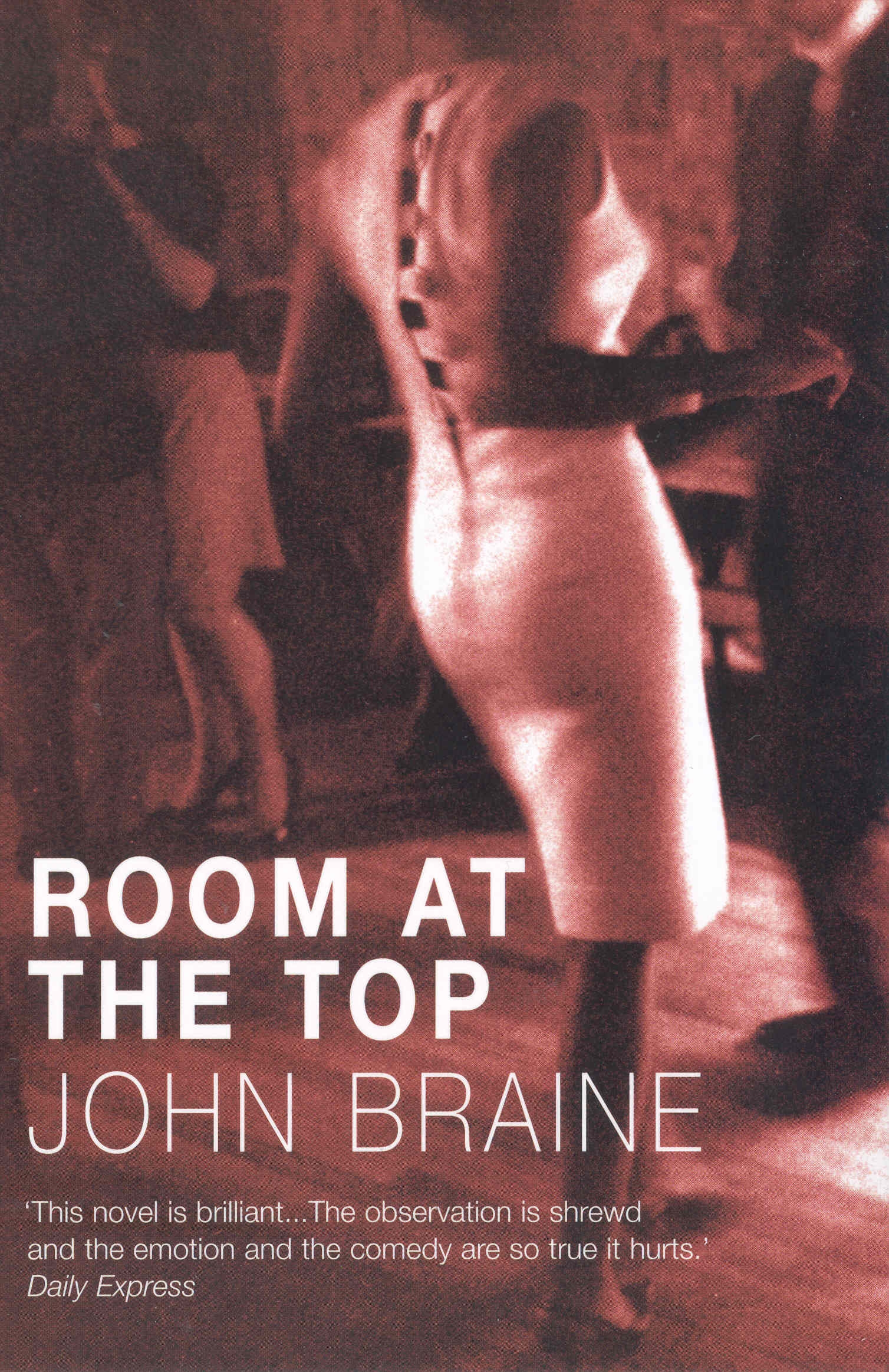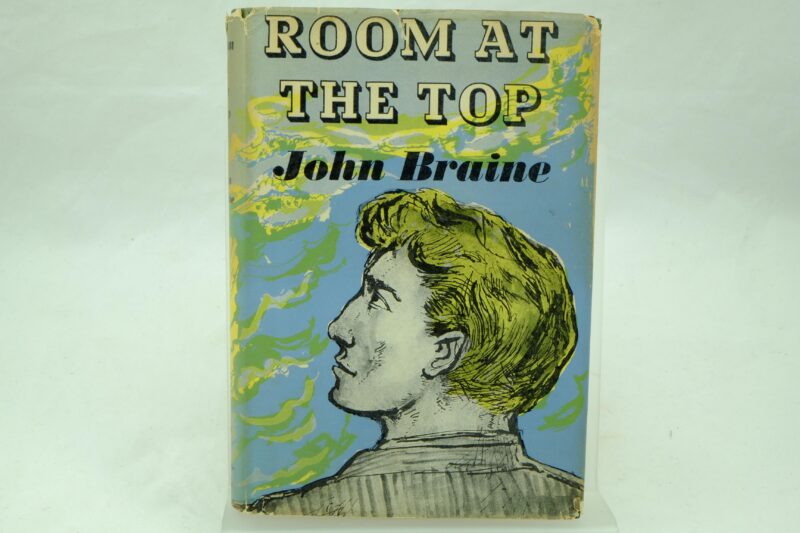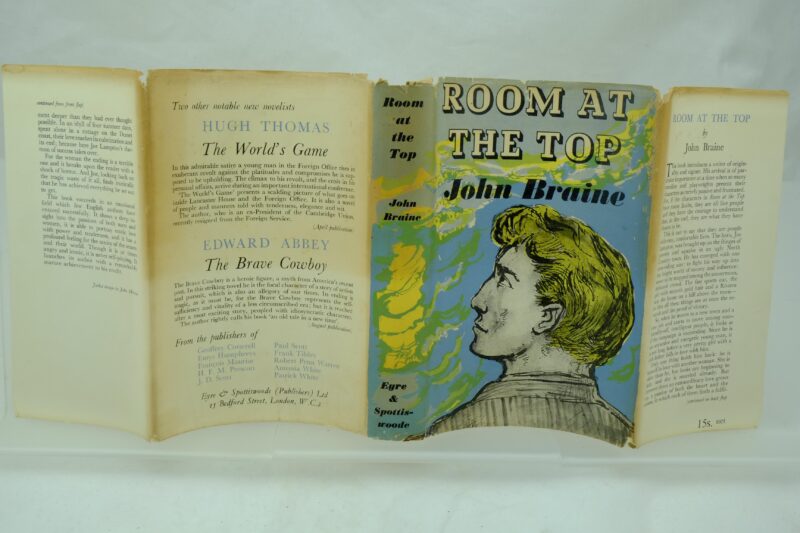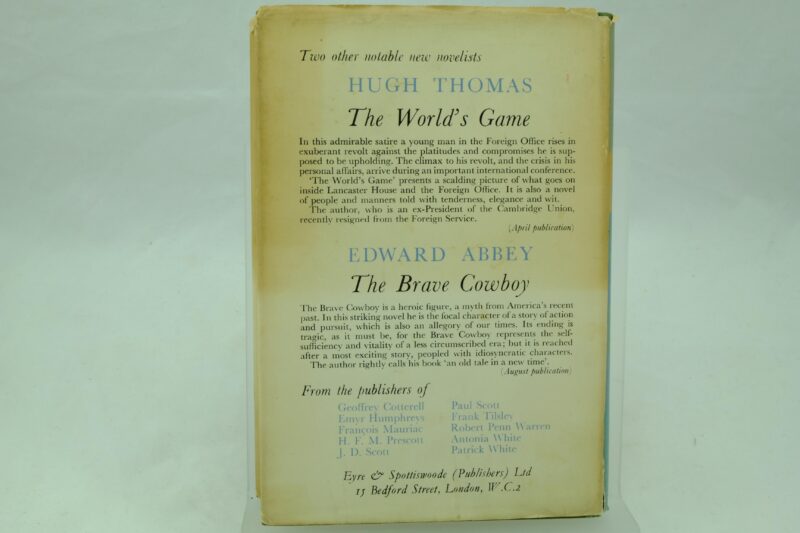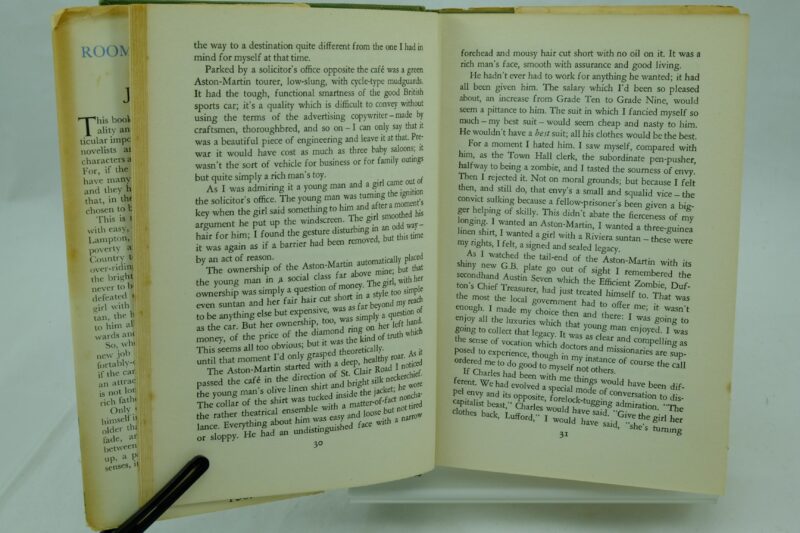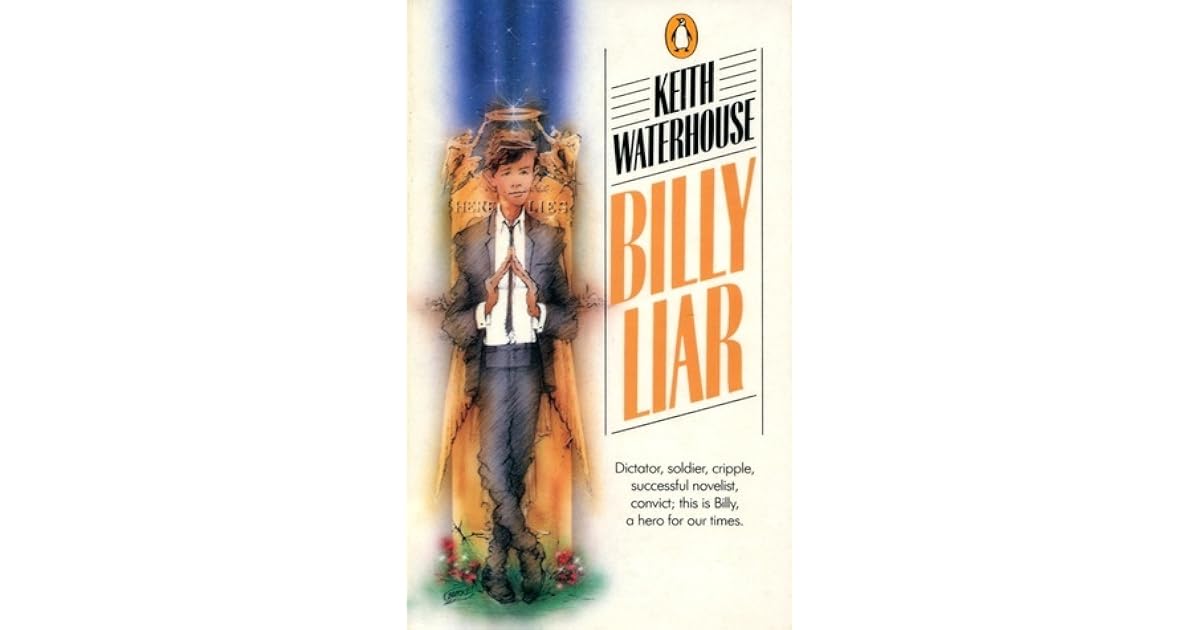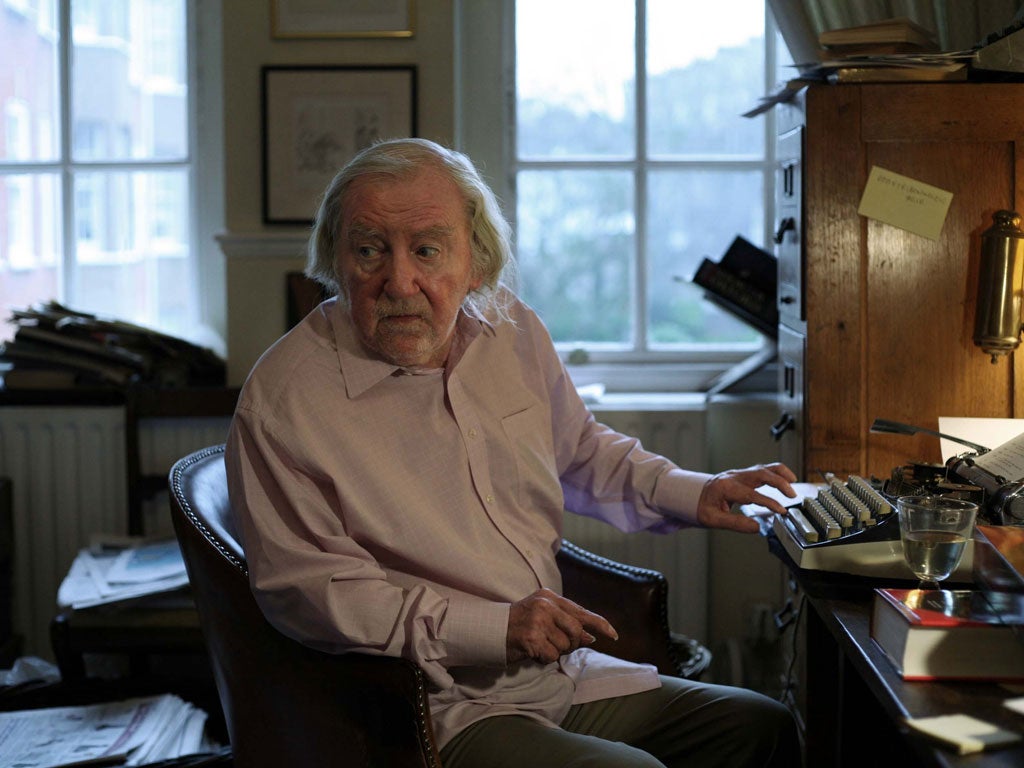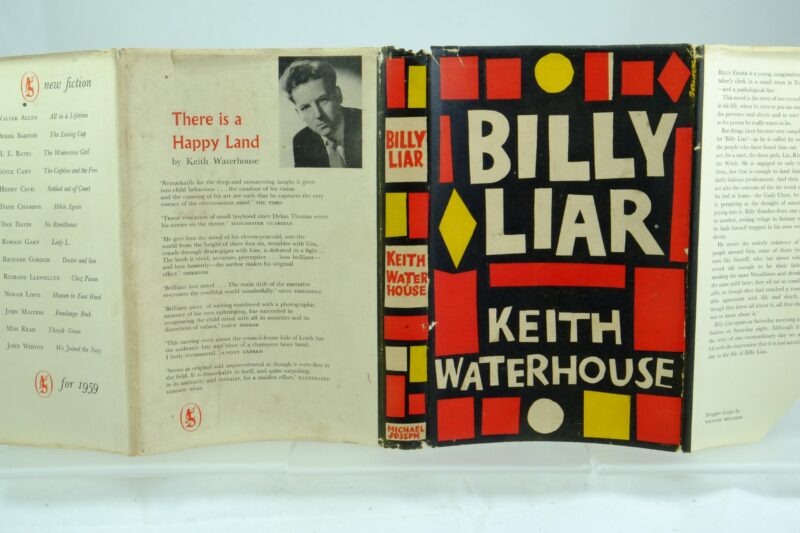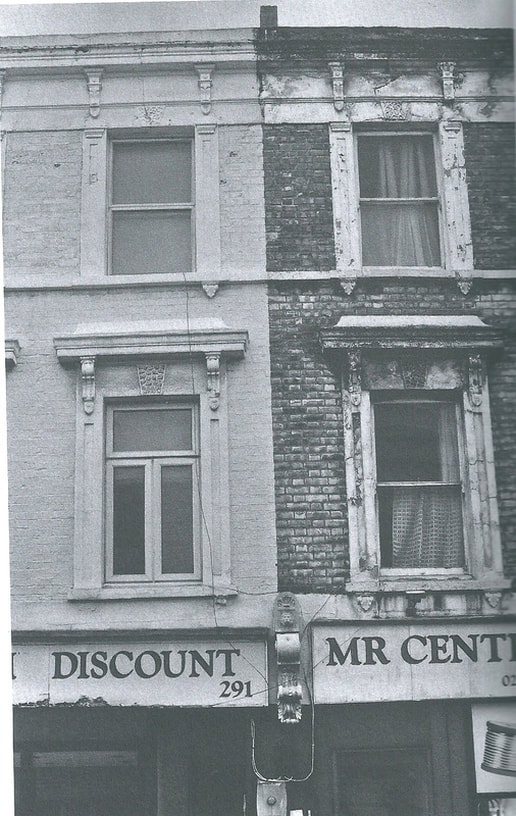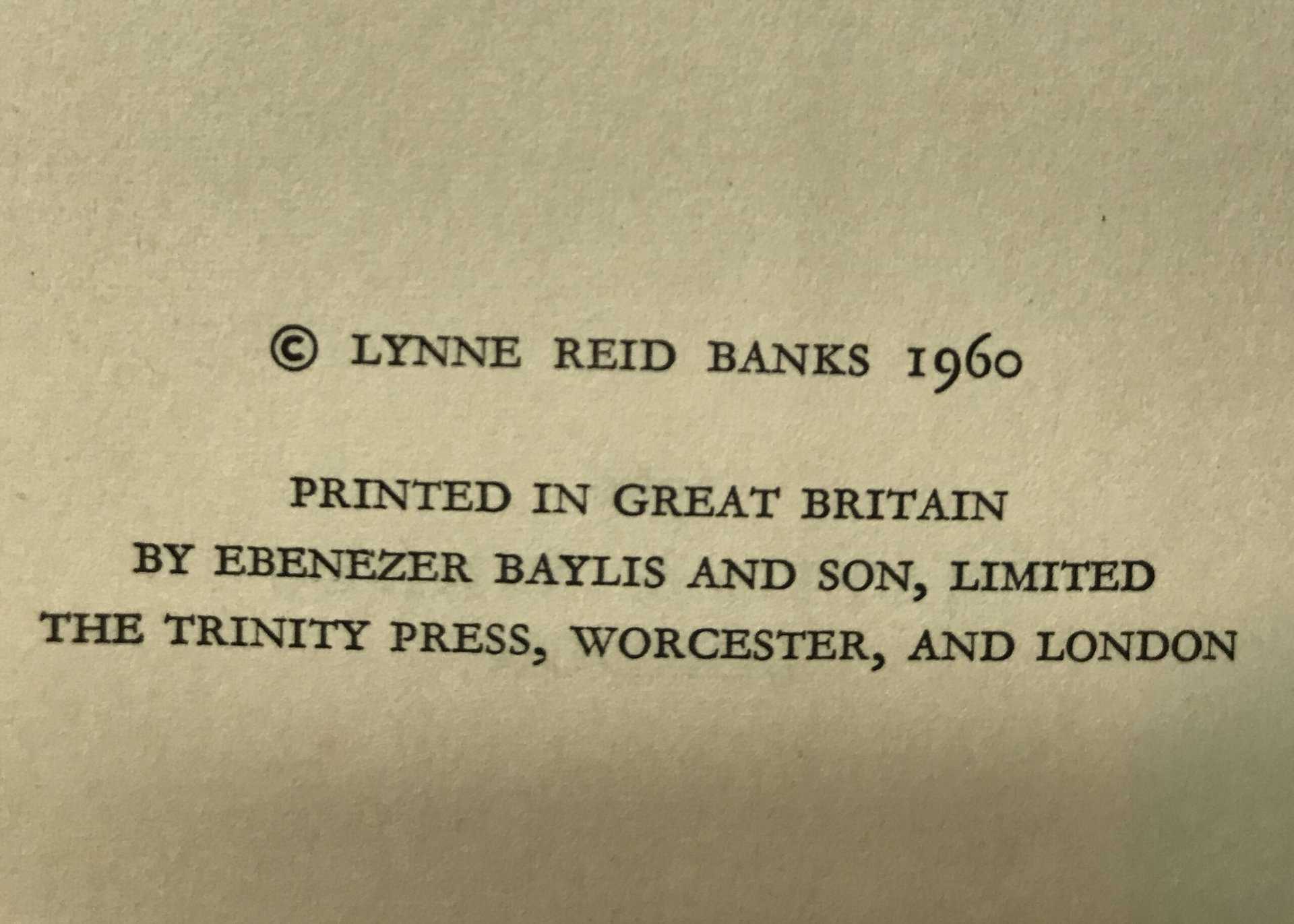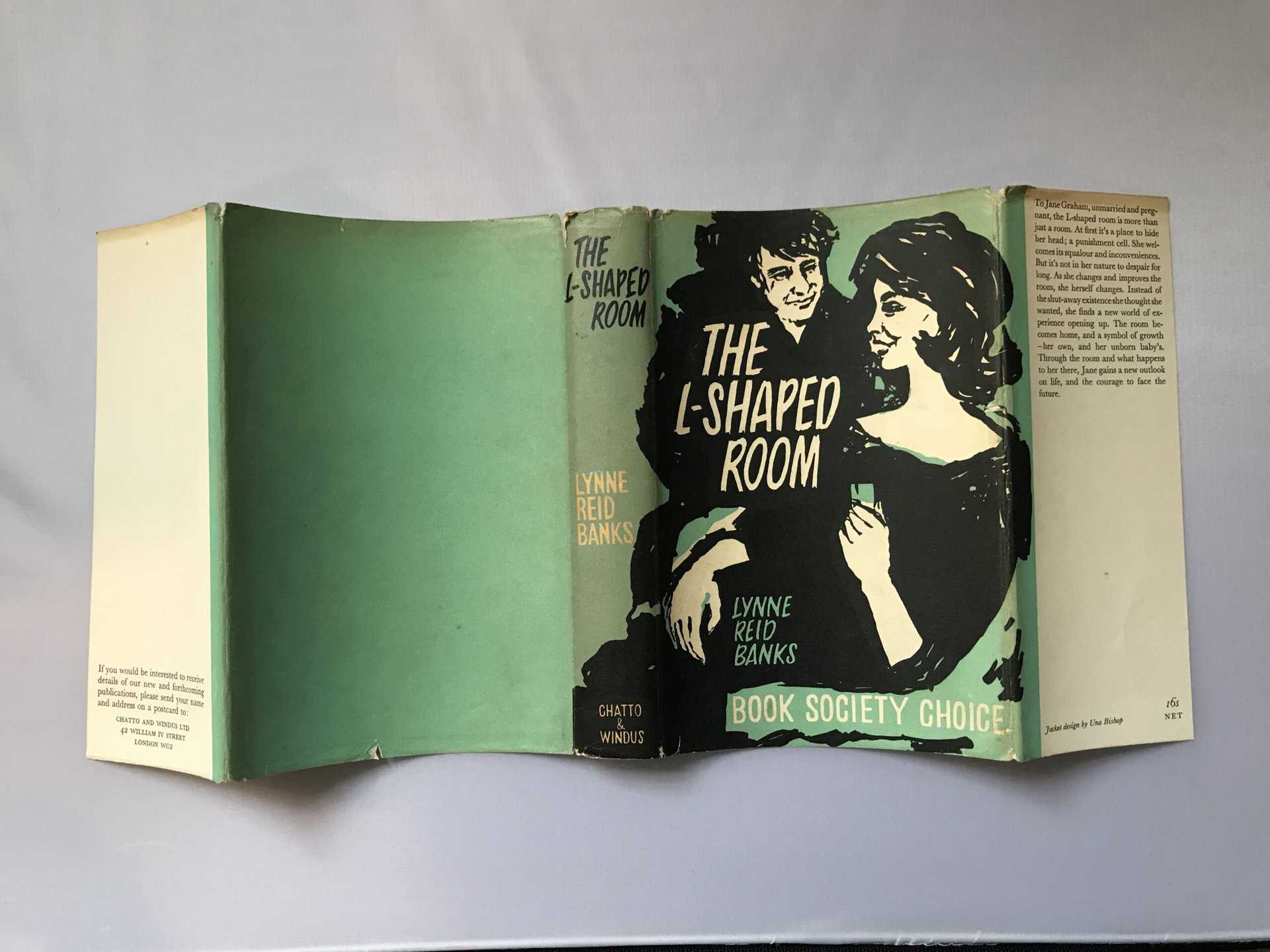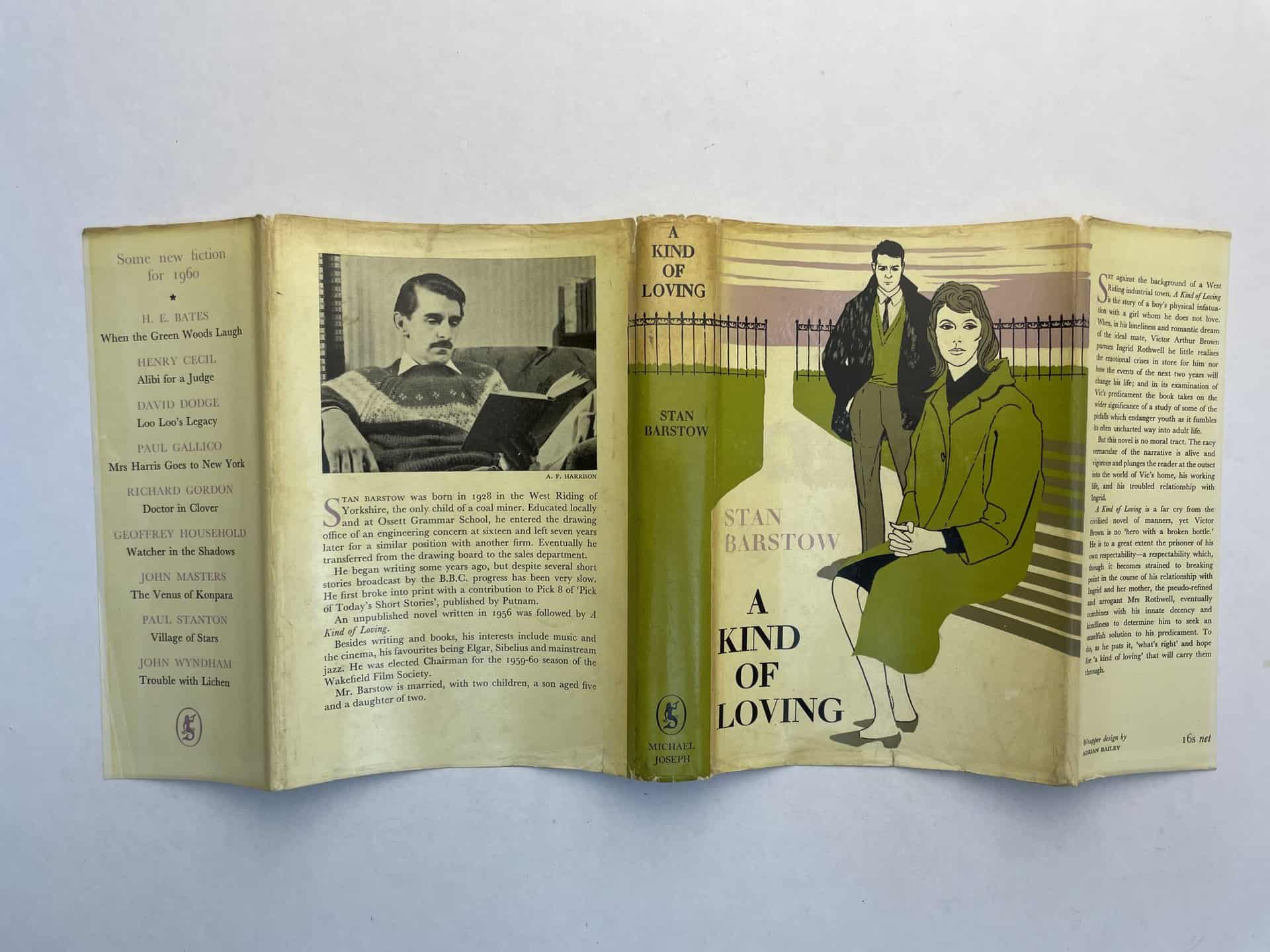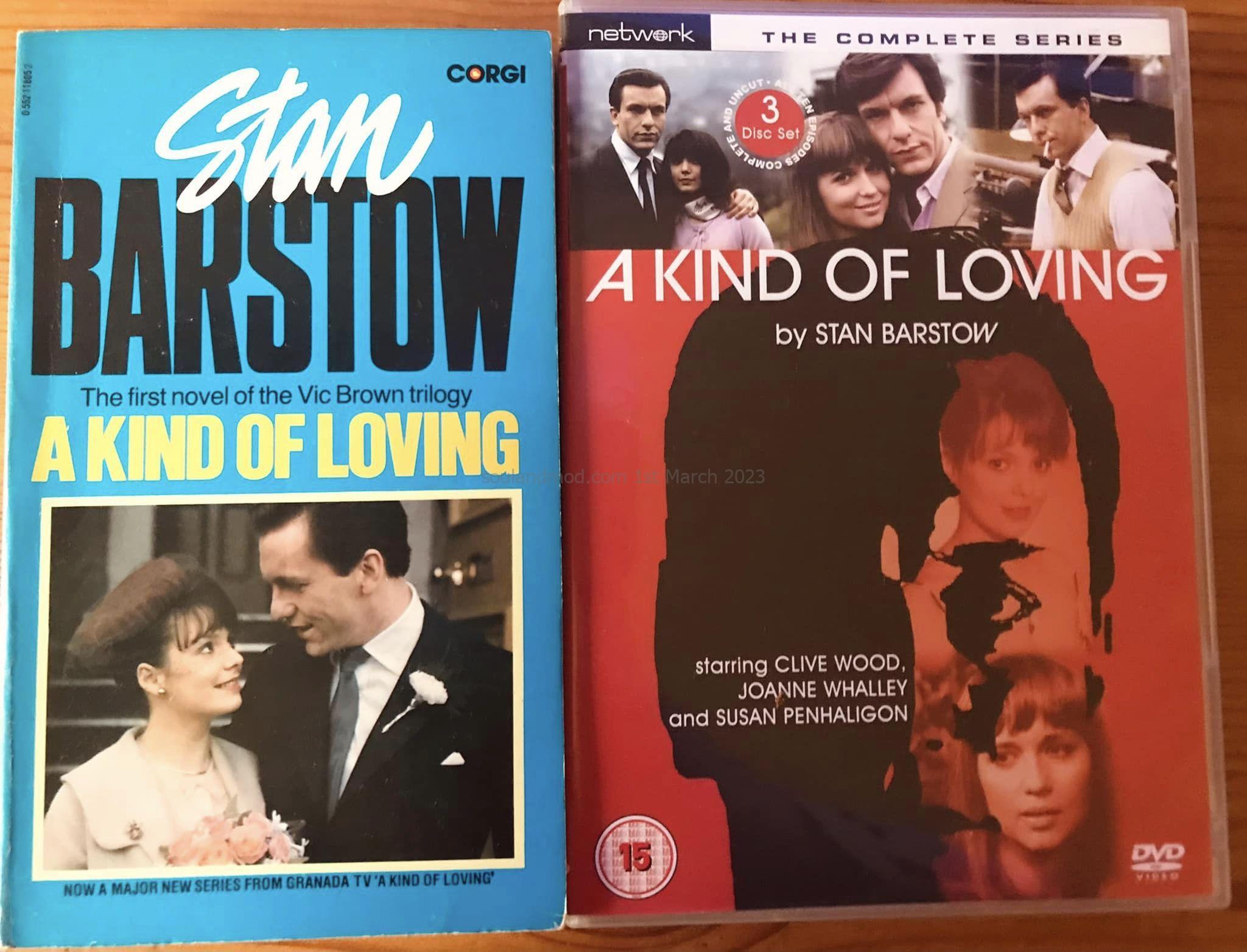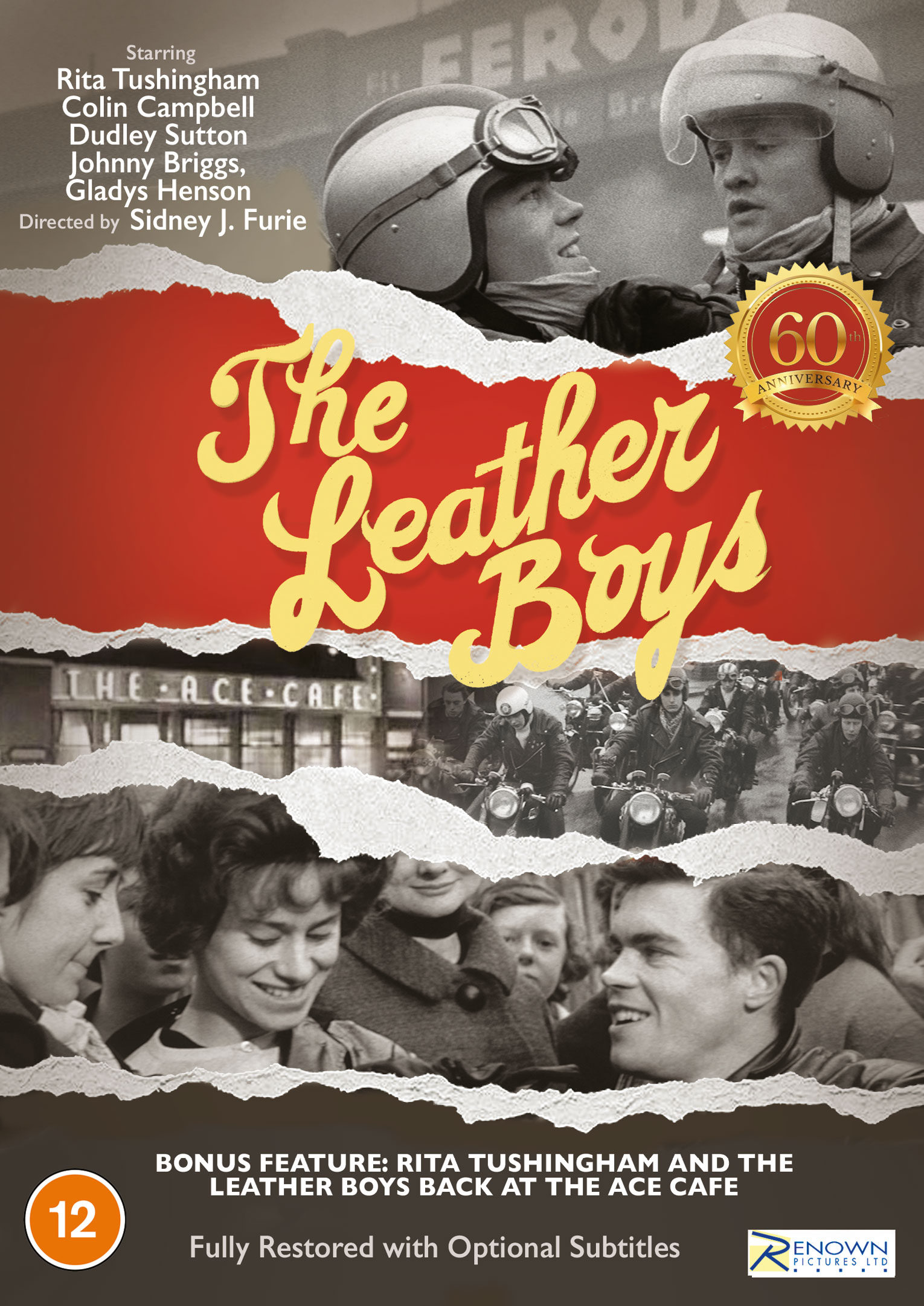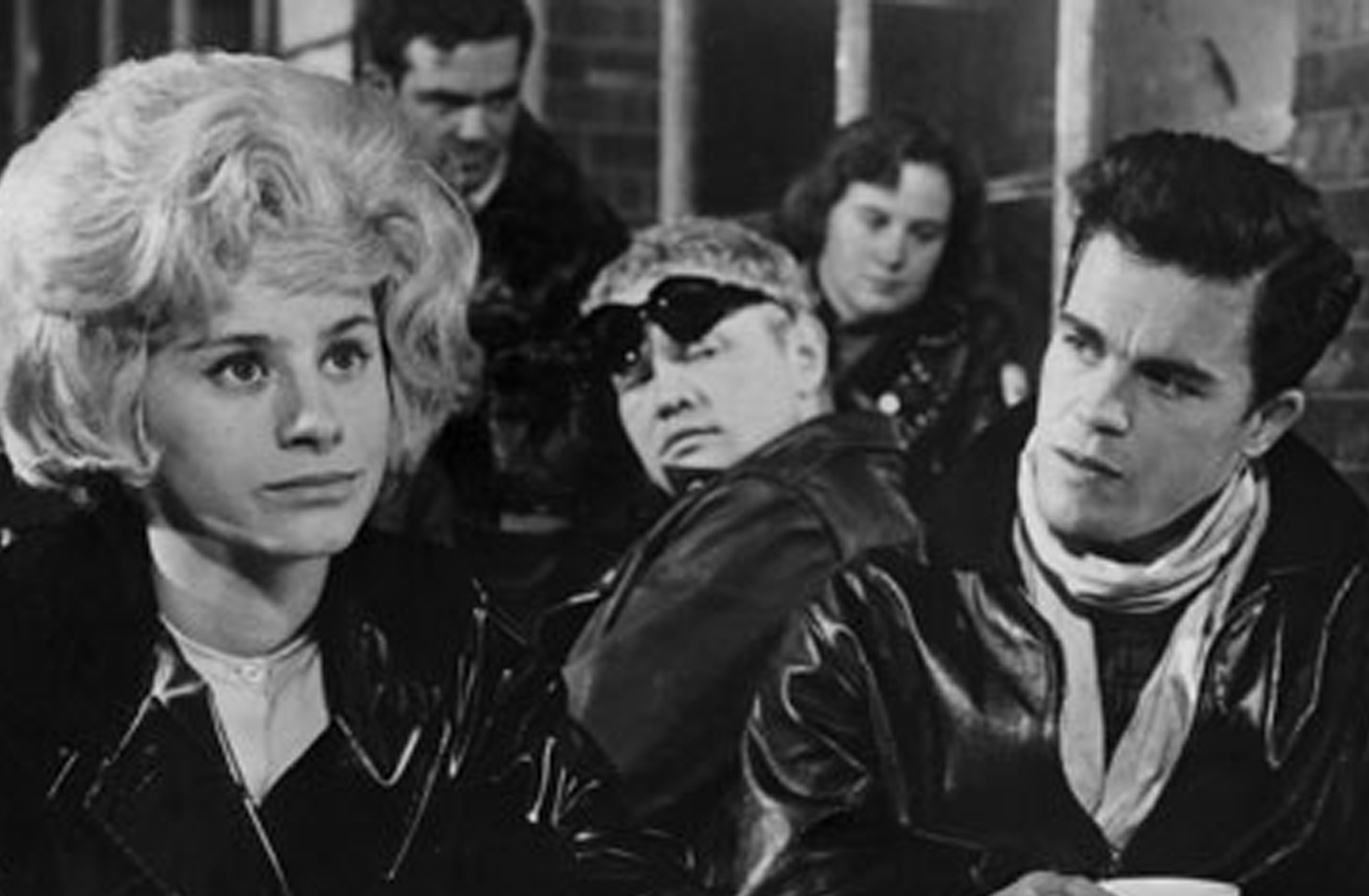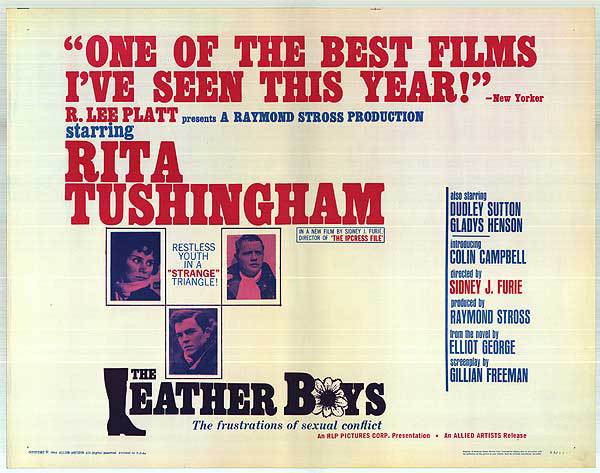Considered one of the defining works of kitchen sink realism, Look Back in Anger follows the story of Jimmy Porter, a young man disillusioned with his upper-class wife and the society they live in. As he struggles to find a sense of purpose and meaning in his life, he unleashes his anger and frustration on those around him, including his wife and best friend. The play explores themes of class, love, and identity, and is a must-read for anyone interested in kitchen sink realism. "Look Back in Anger" by John Osborne
This novel is a classic of the kitchen sink genre, focusing on the life of Arthur Seaton, a young factory worker in Nottingham. He spends his days working hard in the factory and his nights drinking and having affairs with married women. However, as his reckless behavior catches up with him, Arthur must confront the consequences of his actions. Saturday Night and Sunday Morning provides a gritty and realistic portrayal of working-class life in post-war Britain. "Saturday Night and Sunday Morning" by Alan Sillitoe
Set in working-class Salford, A Taste of Honey tells the story of Jo, a teenage girl who becomes pregnant after a brief affair with a black sailor. She moves in with her mother, a brash and selfish woman, and the two must navigate their complicated relationship as they struggle to make ends meet. This play challenges societal norms and explores themes of race, class, and motherhood in a raw and honest way. "A Taste of Honey" by Shelagh Delaney
Another powerful work by Alan Sillitoe, The Loneliness of the Long-Distance Runner follows the story of Colin Smith, a young man from a working-class family who turns to petty crime as a form of rebellion against society. After being sent to a juvenile detention center, Colin discovers his talent for long-distance running, but must decide whether to use it to please the authorities or as a form of resistance. This novel tackles themes of class, conformity, and individuality in a poignant and thought-provoking way. "The Loneliness of the Long-Distance Runner" by Alan Sillitoe
This novel, set in the industrial town of Warley, follows the ambitious Joe Lampton as he tries to climb the social ladder and escape his working-class roots. He becomes involved with a wealthy married woman, but must navigate the complexities of class and love as he strives for success. Room at the Top is a powerful critique of the class system and the sacrifices one must make to achieve success. "Room at the Top" by John Braine
Set in a fictional Yorkshire town, Billy Liar follows the daydreaming Billy Fisher as he escapes the mundanity of his working-class life through wild fantasies and lies. However, as he becomes engaged to two different women and struggles to keep up his facade, Billy must confront the reality of his situation. This novel is a humorous and poignant exploration of the struggles faced by working-class individuals in a society that values success and conformity. "Billy Liar" by Keith Waterhouse
This novel tells the story of Jane, a young unmarried woman who becomes pregnant and is forced to live in a dingy London boarding house with a group of eccentric characters. As she comes to terms with her situation and forms unexpected friendships, Jane begins to question societal expectations and the role of women in a patriarchal society. The L-Shaped Room is a powerful and emotional portrayal of the challenges faced by single mothers in the 1950s. "The L-Shaped Room" by Lynne Reid Banks
This novel follows the story of Vic Brown, a young man from a working-class family who becomes involved with Ingrid, a young woman from a more affluent background. As their relationship progresses and they face pressure from their families and society, Vic must confront his own insecurities and the expectations placed upon him. A Kind of Loving is a poignant and realistic portrayal of love, class, and social expectations. "A Kind of Loving" by Stan Barstow
This novel, set in a northern industrial town, follows the story of Arthur Machin, a young man who becomes a successful rugby player but struggles to find happiness and fulfillment in his personal life. As he grapples with his anger and insecurities, Arthur must come to terms with his place in society and the sacrifices he has made for success. This Sporting Life is a powerful exploration of masculinity, class, and the pressures of success. "This Sporting Life" by David Storey
Set in working-class London, The Leather Boys tells the story of Reggie and Dot, a young couple who get married at a young age and struggle to make their relationship work. As Reggie becomes involved in the world of motorcycle culture and begins to question his own identity and desires, he must navigate the expectations placed upon him by society and his own feelings. This novel challenges traditional gender roles and provides a nuanced and realistic portrayal of working-class life in the 1960s. "The Leather Boys" by Gillian Freeman
The Realism of Kitchen Sink Books: A Reflection of the Modern Home
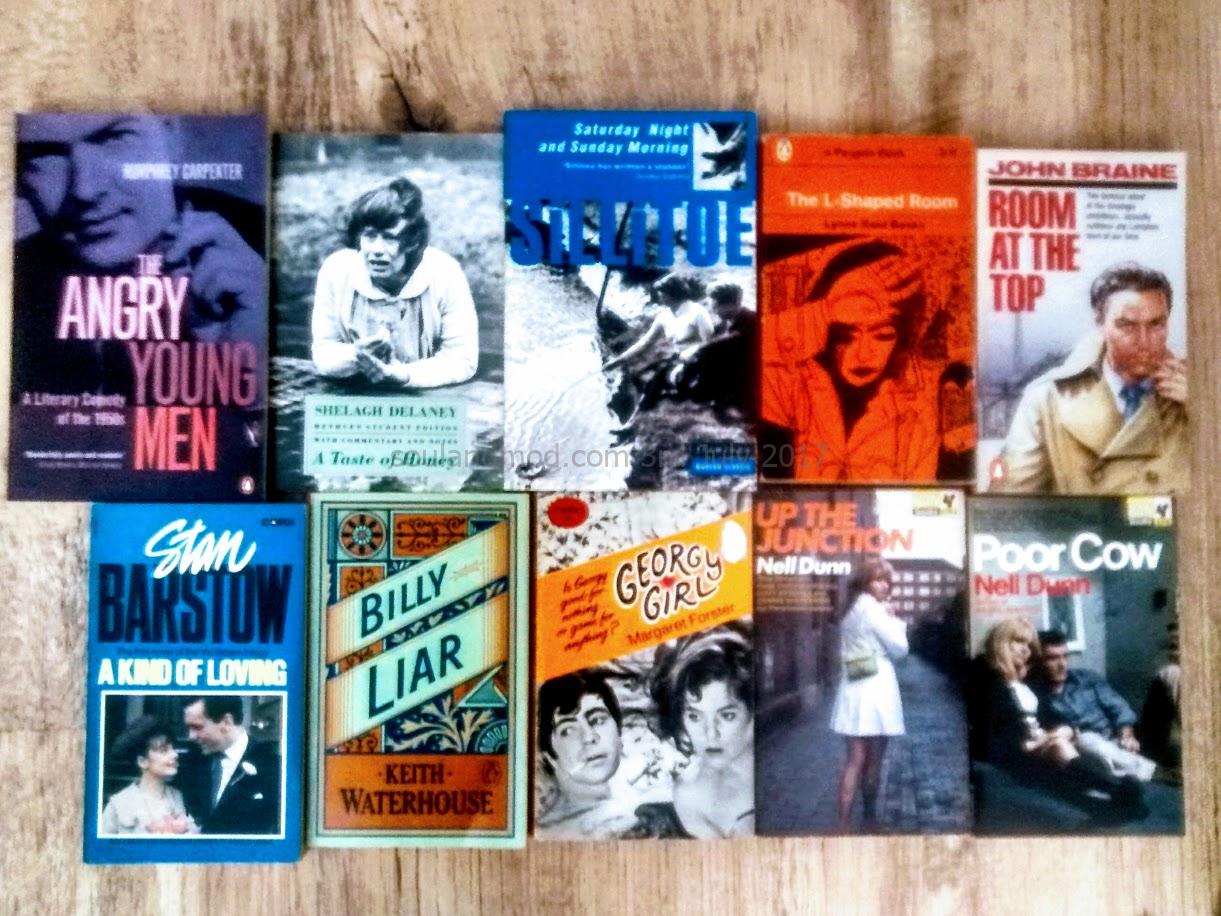
Understanding Kitchen Sink Realism
 Kitchen sink realism is a literary movement that emerged in the 1950s and 1960s in the United Kingdom. It is characterized by its focus on working-class, everyday life and the struggles and realities faced by ordinary people. The term "kitchen sink" comes from the idea that these stories take place in the most mundane and ordinary settings, such as the kitchen sink, and reflect the gritty realities of life. Kitchen sink realism books are known for their raw and unfiltered portrayal of the modern world, making them a popular choice for readers looking for a realistic and relatable reading experience.
Kitchen sink realism is a literary movement that emerged in the 1950s and 1960s in the United Kingdom. It is characterized by its focus on working-class, everyday life and the struggles and realities faced by ordinary people. The term "kitchen sink" comes from the idea that these stories take place in the most mundane and ordinary settings, such as the kitchen sink, and reflect the gritty realities of life. Kitchen sink realism books are known for their raw and unfiltered portrayal of the modern world, making them a popular choice for readers looking for a realistic and relatable reading experience.
The Influence of House Design
 House design plays a significant role in kitchen sink realism. In these books, the home is often portrayed as a microcosm of society, reflecting the economic and social realities of the time. The working-class characters in these stories are often depicted living in small, cramped, and rundown homes, highlighting the struggles of everyday life. The use of house design in kitchen sink realism also serves as a commentary on the class divide and the impact of societal structures on the lives of ordinary people.
Kitchen sink realism books
portray the house as a central setting, with a strong emphasis on the kitchen and the sink. This is because the kitchen has traditionally been seen as the heart of the home, a place where families gather and share meals. However, in these books, the kitchen sink is often shown as a symbol of the mundane and repetitive tasks that the working-class must endure. It is a reminder of the never-ending cycle of work and struggle that they face.
House design plays a significant role in kitchen sink realism. In these books, the home is often portrayed as a microcosm of society, reflecting the economic and social realities of the time. The working-class characters in these stories are often depicted living in small, cramped, and rundown homes, highlighting the struggles of everyday life. The use of house design in kitchen sink realism also serves as a commentary on the class divide and the impact of societal structures on the lives of ordinary people.
Kitchen sink realism books
portray the house as a central setting, with a strong emphasis on the kitchen and the sink. This is because the kitchen has traditionally been seen as the heart of the home, a place where families gather and share meals. However, in these books, the kitchen sink is often shown as a symbol of the mundane and repetitive tasks that the working-class must endure. It is a reminder of the never-ending cycle of work and struggle that they face.
The Realism of Modern House Design
 The rise of kitchen sink realism coincided with the emergence of modern house design in the post-war era. The focus on functionality and efficiency in modern house design can be seen as a reflection of the values and struggles portrayed in kitchen sink realism books. The small and cramped homes in these stories are a stark contrast to the spacious and sleek modern homes that were becoming popular at the time. This contrast further emphasizes the disparity between the classes and the harsh realities faced by the working-class.
In conclusion, kitchen sink realism books offer a unique and relatable perspective on house design and its influence on society. Through their portrayal of the modern home and the struggles of ordinary people, these books provide a thought-provoking commentary on the complexities of the human experience. So, if you're looking for a raw and realistic reading experience, be sure to add some
kitchen sink realism books
to your reading list.
The rise of kitchen sink realism coincided with the emergence of modern house design in the post-war era. The focus on functionality and efficiency in modern house design can be seen as a reflection of the values and struggles portrayed in kitchen sink realism books. The small and cramped homes in these stories are a stark contrast to the spacious and sleek modern homes that were becoming popular at the time. This contrast further emphasizes the disparity between the classes and the harsh realities faced by the working-class.
In conclusion, kitchen sink realism books offer a unique and relatable perspective on house design and its influence on society. Through their portrayal of the modern home and the struggles of ordinary people, these books provide a thought-provoking commentary on the complexities of the human experience. So, if you're looking for a raw and realistic reading experience, be sure to add some
kitchen sink realism books
to your reading list.
